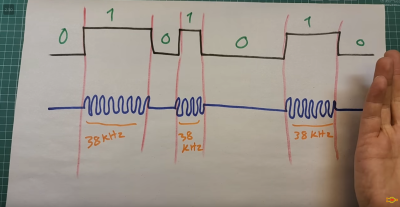An ongoing refrain with modern movies is “Why is all of this CG?”– sometimes, it seems like practical effects are simultaneously a dying art, while at the same time modern technology lets them rise to new hights. [Davis Dewitt] proves that second statement with his RC movie star “robot” for an upcoming feature film.
The video takes us through the design process, including what it’s like to work with studio concept artists. As for the robot, it’s controlled by an Arduino Nano, lots of servos, and a COTS airplane R/C controller, all powered by li-po batteries. This is inside an artfully weathered and painted 3D printed body. Apparently weathering is important to make the character look like a well-loved ‘good guy’. (Shiny is evil, who knew?) Hats off to [Davis] for replicating that weathering for an identical ‘stunt double’.
Check out the video below for all the deets, or you can watch to see if “The Lightning Code” is coming to a theater near you. If you’re into films, this isn’t the first hack [Davis] has made for the silver screen. If you prefer “real” hacks to props, his Soviet-Era Nixie clock would look great on any desk. Thanks to [Davis] for letting us know about this project via the tips line.



















